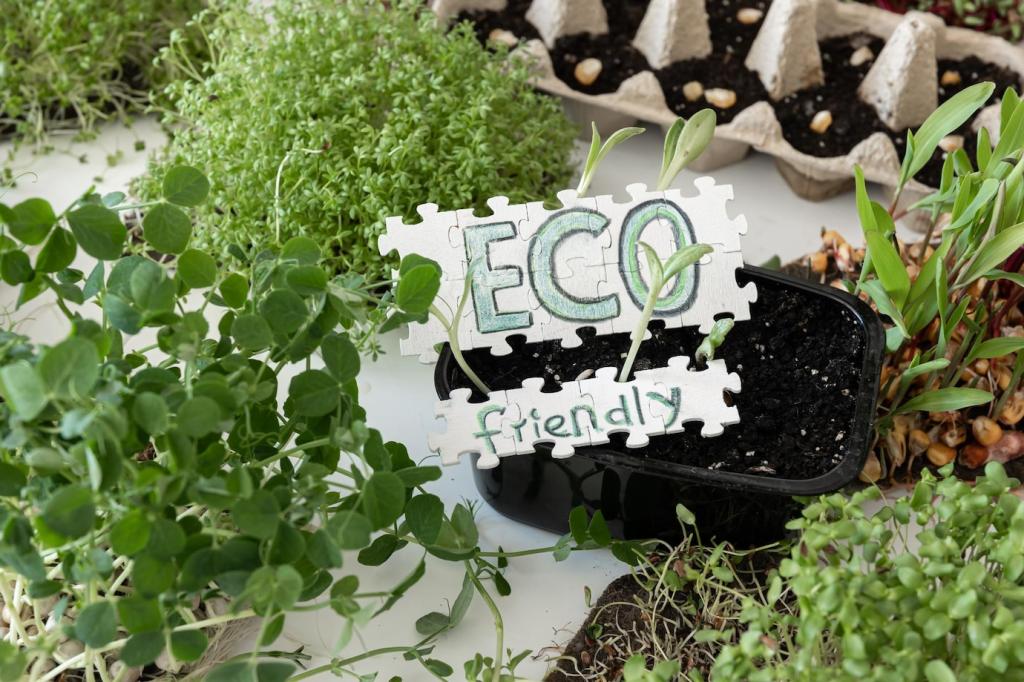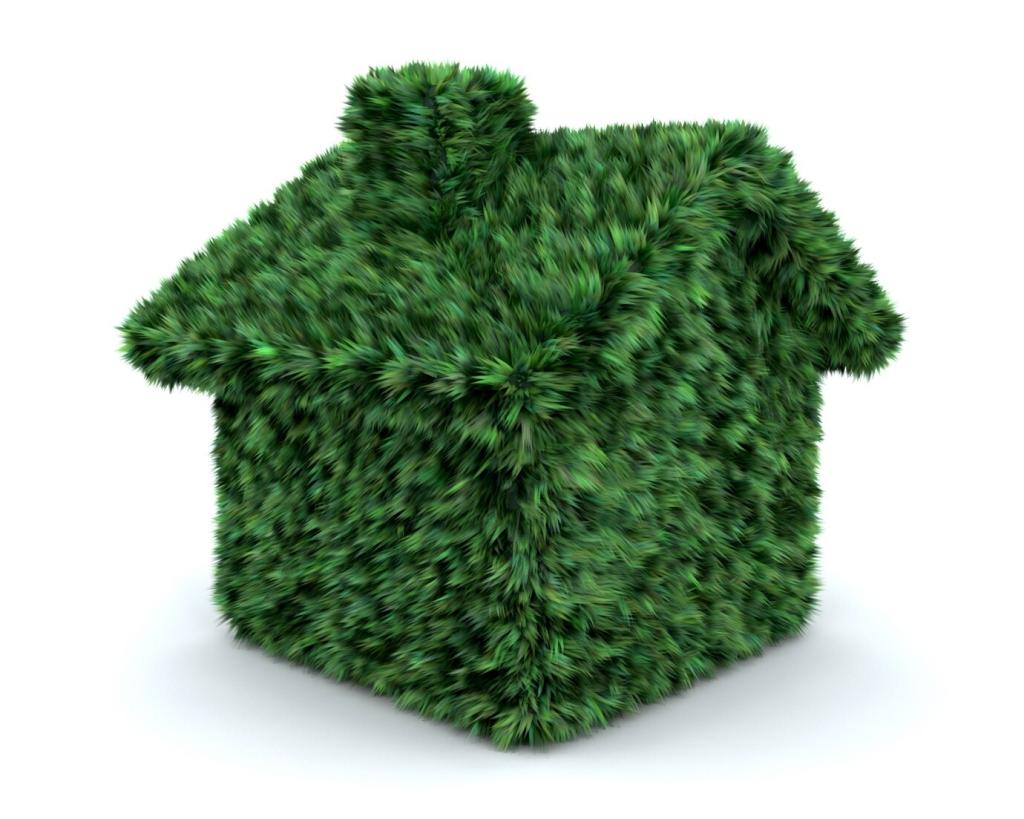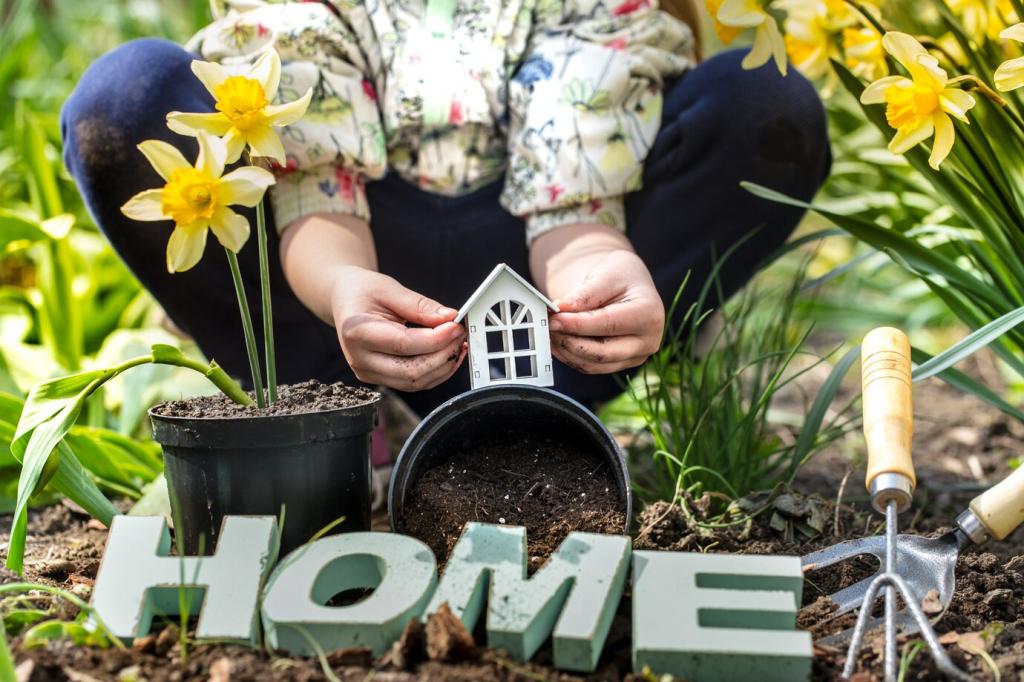Reviving the Past Responsibly: Environmentally Conscious Materials for Repairing Antiques
Foundations of Sustainable Antique Repair
Environmentally conscious restoration prioritizes materials that are low in toxins, responsibly sourced, and reversible. It respects original craftsmanship, reduces waste through targeted interventions, and champions long-term stewardship over short-term fixes. Tell us where you’re starting, and we’ll guide your next sustainable step.


Finishes and Coatings With Low VOCs
Flake shellac dissolved in alcohol offers warm tone, quick drying, and exceptional repairability. It melts into previous layers, minimizing finish build-up and waste. Share your piece’s wood species below, and we’ll suggest cut strength, dewaxing tips, and rub-out methods for a period-appropriate sheen.


This is the heading
Lorem ipsum dolor sit amet, consectetur adipiscing elit. Ut elit tellus, luctus nec ullamcorper mattis, pulvinar dapibus leo.

This is the heading
Lorem ipsum dolor sit amet, consectetur adipiscing elit. Ut elit tellus, luctus nec ullamcorper mattis, pulvinar dapibus leo.
Textiles, Leather, and Paper: Archival, Gentle, Repairable
Threads and fabrics with archival qualities
Organic cotton, hemp, and linen threads resist embrittlement and can be removed later if techniques change. Pre-wash to stabilize sizing and color. Tell us your textile type—upholstery, tapestry, or quilt—and we’ll suggest stitch densities that balance strength, reversibility, and visual discretion.

Metals, Glass, and Ceramics: Gentle, Low-Impact Techniques
Cleaning with restraint and biodegradable media
Start with detergents in deionized water, then progress to walnut shell or corncob media for soot. Avoid harsh acids unless absolutely essential and tested. Share your object’s alloy or glaze, and we’ll recommend the mildest effective sequence to protect patina and cultural value.


Adhesives and fillers with mindful chemistry
Bio-based epoxies and conservation-grade acrylic resins, used sparingly, can repair breaks while maintaining future retreatability. Lime-casein fillers blend well for chips in ceramics. Want a side-by-side of strength versus reversibility trade-offs? Comment with your repair scenario and we’ll tailor guidance.
Sourcing, Certifications, and Community Knowledge
Seek FSC or PEFC for wood, Cradle to Cradle or Greenguard for low emissions, and transparent Safety Data Sheets with clear VOC disclosures. Ask suppliers about batch traceability. Tell us which labels you encounter, and we’ll help decode what truly supports environmentally conscious repair.
Sourcing, Certifications, and Community Knowledge
Reduce shipping impacts and discover character-rich materials by sourcing locally. Salvage yards, architectural deconstruction sites, and tool libraries build community and skills. Share your city, and we’ll compile reader-sourced maps of reliable, eco-minded suppliers and workshops worth visiting this season.


